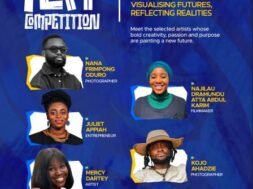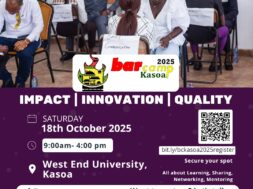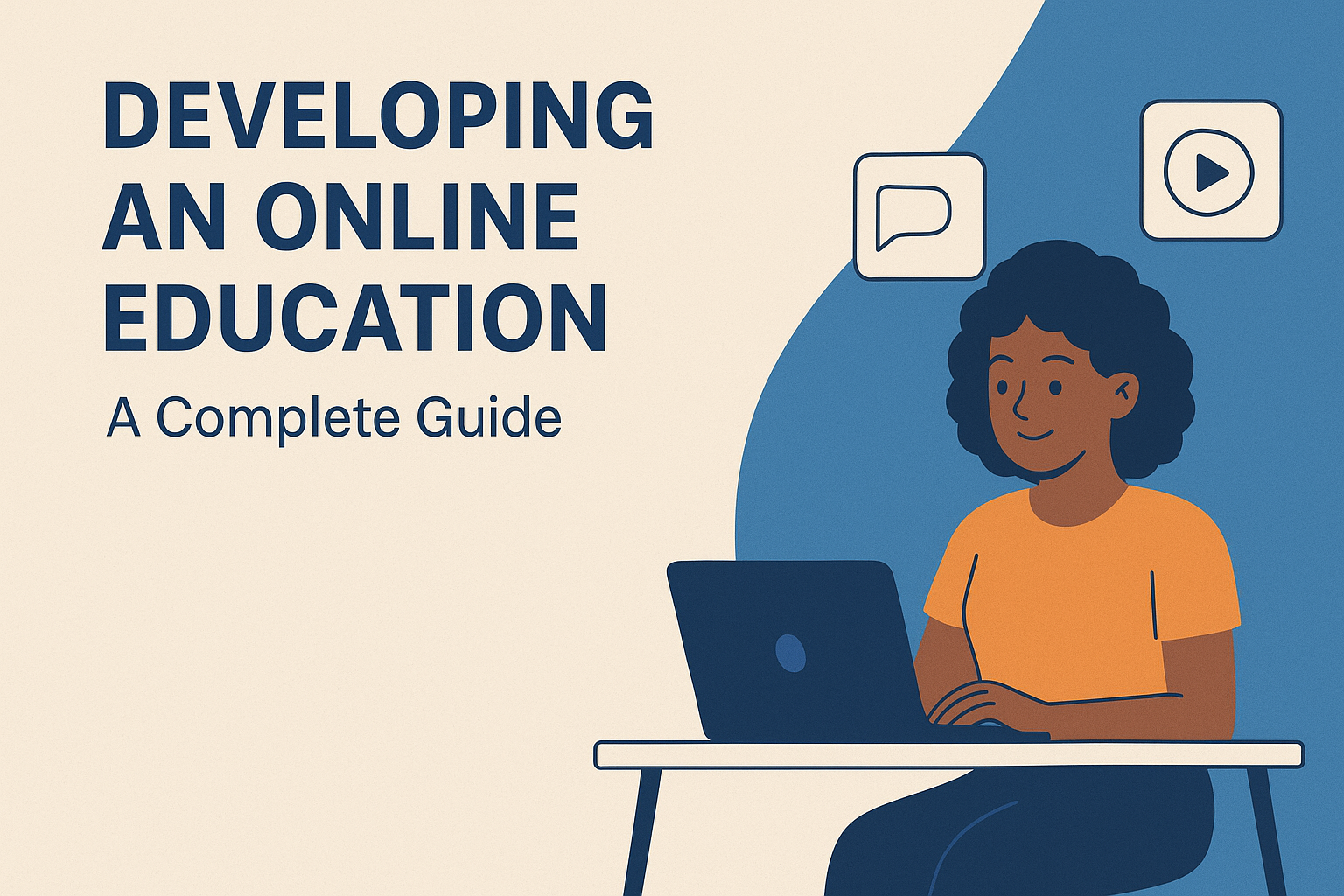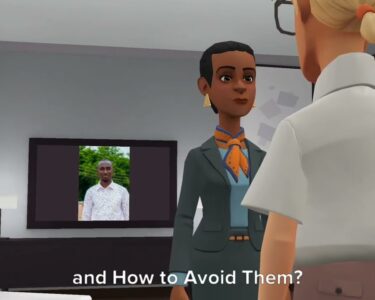Celebrating Creative Vision: Meet the Five Selected Voices of the GIZ Ghana Art Competition
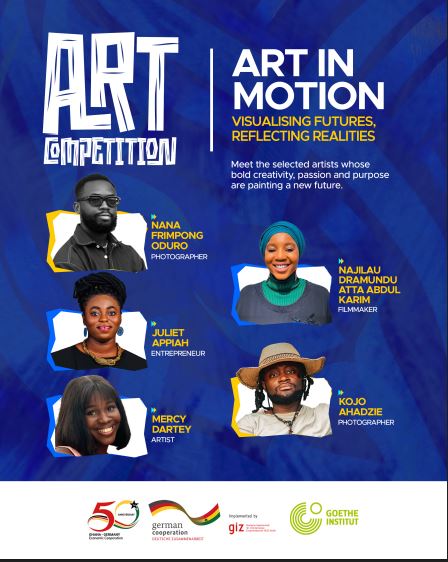
The GIZ Ghana Art Competition stands as a milestone event in the nation’s cultural calendar, organized to mark 50 years of Ghana–Germany cooperation. This initiative recognizes the role of creativity in addressing pressing social and developmental issues while giving a platform to artists whose voices inspire transformation. Through photography, visual arts, film, and entrepreneurship, the competition has highlighted how art bridges communities and strengthens cross-cultural dialogue.
Meet the Five Finalists
Nana Frimpong Oduro – Surreal Storytelling in Photography
Nana Frimpong Oduro, based in Accra, is celebrated for blending surreal and editorial photography. His project, Butterfly Effect on Gender and Inclusion, reflects on how subtle, everyday actions shape identity and belonging. Inspired by chaos theory, the work captures fleeting moments that ripple into larger cultural impacts. His images often merge the poetic with the political, inviting audiences to reflect on transformation and inclusion. Alongside his art, Oduro mentors young creatives, emphasizing art’s role in cross-cultural conversations.
Kojo Ahadzie – Documentary Photography for Social Impact
Kojo Ahadzie channels his lens into purposeful storytelling. With his project Portraits of Purpose, he shines a spotlight on Ghana’s Technical and Vocational Education and Training (TVET) sector. By documenting artisans, innovators, and skilled workers, he reframes vocational careers as dignified and aspirational. His mission is clear: inspire Ghanaian youth to see TVET as a pathway to empowerment, self-reliance, and economic development. His work transforms photography into a tool for advocacy and systemic change.
Juliet Appiah – Sustainability Through Creative Entrepreneurship
As founder and CEO of Julie’s Art & Craft, Juliet Appiah demonstrates how art can merge with environmental responsibility. She repurposes discarded materials—plastic waste, fabric scraps, and other debris—into striking artworks. Her creations not only reduce pollution but also raise awareness about environmental conservation in Ghana. Juliet’s entrepreneurial vision highlights how creative entrepreneurship can support sustainability while proving that every discarded item has the potential for beauty and value.
Mercy Dartey – Ashes to Art: Healing and Resilience
Mercy Dartey uses her project Ashes to Art to translate human experiences of pain into profound visual expressions of resilience and hope. Her bold use of color, texture, and symbolism reflects the possibility of transformation—what is broken or discarded can become the foundation of something beautiful. Mercy’s art resonates with themes of renewal, healing, and inner strength, making her one of Ghana’s most evocative emerging voices in visual art.
Najilau Dramundu Atta Abdul Karim – Film as Memory and Resistance
Najilau Dramundu Atta Abdul Karim, a filmmaker and animator from northern Ghana, merges storytelling traditions with modern cinematic techniques. Her hybrid short film explores identity, memory, and resilience through the story of Naa, a Ghanaian-German researcher who uncovers hidden histories while studying climate resilience. The narrative revisits the 1896 Battle of Adibo, reminding us that memory exists not just in people but also in the land itself. Through film, Karim bridges Ghana’s history with pressing contemporary challenges such as climate change and cultural identity.
You can also read on: https://baobabentrepreneur.com/ghana-social-enterprise-forum-2025-smart-impact-for-a-transformative-future/
Creativity and Development
The five finalists demonstrate how art intersects with Ghana’s development priorities:
- Photography captures real-life struggles and triumphs, reframing narratives with empathy.
- Film offers layered storytelling, blending history with contemporary challenges.
- Visual art transforms emotions and ideas into universal symbols of resilience.
- Creative entrepreneurship shows that sustainability and innovation can coexist, turning challenges into opportunities.
Together, these mediums serve as powerful tools of advocacy, education, and cultural dialogue.
Unique Contributions
Each finalist introduces a distinct lens:
- Nana Frimpong Oduro uses surrealism to explore identity and inclusion.
- Kojo Ahadzie documents vocational dignity through social photography.
- Juliet Appiah aligns art with sustainability by transforming waste.
- Mercy Dartey channels adversity into healing visual narratives.
- Najilau Karim bridges historical memory and climate resilience through film.
This diversity demonstrates Ghana’s creative richness and the potential of its artists to shape local and global conversations.
Impact and Visibility
The competition provides an invaluable platform for the finalists to gain recognition. Exhibitions at venues like the Goethe-Institut Accra will give their works international exposure, allowing their voices to resonate with diverse audiences. Beyond exhibitions, their projects hold the potential to influence policy debates, educational programs, and cultural diplomacy, reinforcing art’s ability to impact development on multiple levels.
Looking Ahead
The 2025 Ghana art exhibition series will create opportunities for public engagement with the works of these finalists. Through interactive showcases and cultural dialogues, audiences will explore how creativity connects with sustainability, inclusion, and governance. These platforms will not only celebrate artistic achievement but also encourage cross-cultural exchange between Ghana and Germany.
Expanding the Role of Art in Development
The GIZ Ghana Art Competition is more than a celebration of creativity; it is a practical demonstration of how art can inform, challenge, and reshape development narratives. Ghana’s dynamic creative industry, when given platforms like this, becomes a vital contributor to national dialogue. By incorporating themes such as climate resilience, gender inclusion, and sustainable livelihoods, the competition shows that art is an indispensable partner in building a more equitable society.
The Power of Photography in Shaping Narratives
Photography, as demonstrated by both Nana Frimpong Oduro and Kojo Ahadzie, has the capacity to confront societal norms while inspiring change. Oduro’s surreal approach compels audiences to pause and reflect, while Ahadzie’s documentary focus uplifts the everyday stories of artisans and innovators. In Ghana’s current context—where youth unemployment and social identity remain pressing issues—these visual stories not only inspire but also educate policymakers and communities about alternative solutions.
Film as a Living Archive
With Najilau Karim’s hybrid film, the competition underscores how cinema can serve as both art and archive. Her narrative bridges the past and the present, blending oral history with modern filmmaking to preserve memory. At a time when Ghana is reflecting on its historical narratives and their relevance to current challenges, this work highlights the role of film in shaping collective identity. It reminds audiences that culture and history must remain at the forefront of conversations on development and resilience.
Visual Art as Therapy and Transformation
Through Mercy Dartey’s Ashes to Art, the competition highlights the therapeutic potential of art. Her work proves that creativity can be an outlet for healing, particularly in societies dealing with trauma, inequality, and loss. Art becomes a tool for resilience—allowing individuals and communities to reinterpret their struggles and emerge stronger. This is especially significant in a global moment where mental health awareness is growing, and art provides a much-needed language of hope.
Creative Entrepreneurship as a Sustainable Model
Juliet Appiah’s eco-conscious entrepreneurship speaks directly to Ghana’s urgent environmental challenges. By transforming waste into beauty, she illustrates a sustainable model of creativity that can be replicated across industries. Her work pushes the boundaries of traditional art, proving that business-minded art solutions can create social, environmental, and economic value simultaneously. Such entrepreneurship aligns with Ghana’s developmental goals, making her work especially relevant for the future.
Cultural Diplomacy Through Art
The competition also strengthens the cultural ties between Ghana and Germany. Art, in this context, functions as cultural diplomacy, highlighting shared values while acknowledging diverse perspectives. Showcasing these works at institutions like the Goethe-Institut Accra allows for international audiences to engage with Ghanaian stories, deepening understanding and mutual respect. This cross-cultural exchange enhances Ghana’s global cultural presence while reinforcing Germany’s commitment to long-term cooperation.
Opportunities for Engagement
Looking forward, audiences can expect exhibitions, workshops, and discussions that invite them to interact with the works of the finalists. These platforms will not only celebrate creativity but also encourage community participation, enabling dialogue between artists, policymakers, and the public. Such events are crucial in ensuring that art transcends gallery walls and enters the spaces where social and developmental change takes place.
The Lasting Legacy of the GIZ Ghana Art Competition
As we reflect on the achievements of the five finalists, it becomes evident that the legacy of the GIZ Ghana Art Competition lies in its ability to inspire. It highlights the transformative potential of creativity, showing that art is not just entertainment or decoration—it is a force for dialogue, education, and innovation. By amplifying voices like Oduro, Ahadzie, Appiah, Dartey, and Karim, the competition leaves an indelible mark on Ghana’s creative and developmental landscape.
Final Thoughts
The GIZ Ghana art competition embodies the spirit of collaboration, resilience, and vision. It demonstrates how creativity thrives when artists are given the tools and platforms to express themselves freely. More importantly, it reveals that art is central to Ghana’s journey of development—encouraging inclusion, protecting the environment, preserving memory, and fostering entrepreneurship.
These five finalists are not only artists; they are cultural ambassadors and change-makers, carrying forward the legacy of Ghana’s creativity into the next 50 years of Ghana–Germany partnership.
Closing Reflection
The GIZ Ghana art competition underscores that art is more than expression—it is a bridge between cultures, themes, and communities. By spotlighting the works of Nana Frimpong Oduro, Kojo Ahadzie, Juliet Appiah, Mercy Dartey, and Najilau Karim, the initiative affirms the transformative role of creativity in development. These artists embody Ghana’s dynamic cultural landscape, proving that art can both celebrate heritage and imagine a brighter, more inclusive future.
You can see from source: https://www.linkedin.com/posts/giz-ghana_selected-applicants-activity-7354563646003261441-BfXD?utm_source=share&utm_medium=member_desktop&rcm=ACoAAFm4MQwB1-_VwoUCm2zHF_yxw6OuJ-P3_zQ
